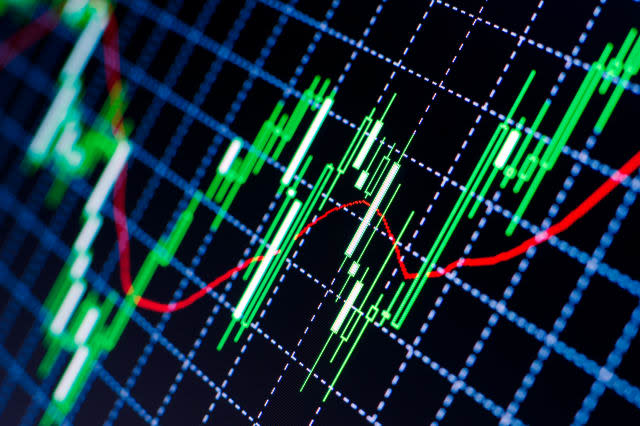The biggest financial risk to watch out for this September

Markets breathed a sigh of relief on Friday.
The US jobless data was a little bit weaker than expected: 151,000 jobs were added in August, a bit lower than the 180,000-odds economists had predicted.
It's not much of a miss. But it's tepid enough to give the US Federal Reserve all the excuse it needs to keep rates on hold yet again.
And after that, there's not much scope for them changing until after the US election in November.
So what does that mean for you, if anything?
The Fed won't raise rates until at least the end of the year
While 151,000 jobs were created, the US unemployment rate remained at 4.9%.
That was pretty lukewarm, and other figures were even less encouraging. Annual wage growth – which is an important inflation indicator for the Federal Reserve – slipped to 2.4%, a six-month low.
The average weekly hours worked fell to 34.3 – the lowest in two and a half years, according to Capital Economics. Temporary employment dropped a little too, which doesn't bode well for the overall outlook.
That said, you need to be careful when taking one month's figures – particularly those produced during the holiday month. As Paul Murphy of Capital points out, "there is a long history of the initial August payroll estimate coming in below expectations and then being revised higher. Calendar quirks could also explain some of the weakness in earnings and hours worked last month too."
However, that's not the point. The point is that the figures mean that the Fed is under no pressure to raise interest rates in September. And if that's the case, then the Fed won't raise rates.
Fed boss Janet Yellen has made it clear that she doesn't want to, and that the Fed is "data-dependent". Nor does she want to end up with the same problems that she did earlier in the year, with the US dollar spiking higher and effectively tightening monetary policy around the globe.
What does it mean? There's no longer such a strong "long dollar" consensus as there was at the start of the year. But, as Bank of America Merrill Lynch noted before the latest jobs report, if the Fed remains on hold towards the end of the year, then we could see a "Fed capitulation rally in risk assets in December: weaker US$, equities over bonds, large cap stocks over small".
But we have September to get through first.
Could the chancellor trigger a gilts sell-off?
September is traditionally a bit of a sticky month for global markets. Everyone gets back to their desks (including politicians) and starts doing stuff. Often in the process of doing stuff, they get jittery or they break something. That's the simplified version, but you get what I mean.
This year we've got the added complication of a US election. But perhaps the biggest thing to watch is the idea that politicians are getting fed up with waiting for monetary policy to work miracles. Increasingly, they think it's time to take matters into their own hands.
At the G20 summit in China this weekend (which wraps up today), everyone agreed – says The Economist – that it's time for fiscal policy to pick up the reins from monetary policy. In other words, politicians should be deciding where to spend more money, rather than just letting central bankers pump it into the system willy-nilly.
As Charles Goodhart of London School of Economics tells the Financial Times, that could be bad news for the bond bubble: "The shift to fiscal policy could change views about the development of government bond yields. I think markets have over-exaggerated the extent to which growth and inflation will stay low."
That could end up being particularly tricky for the UK right now. Since the Brexit vote, markets have gone into paroxysms of panic, snapping up gilts and driving down yields amid fears of a wholesale collapse in Britain's economic prospects.
Prices for 50-year gilts have gone up by "about 30% in the space of two months", notes the FT. That's not the sort of movement you associate with a "low-risk" asset. Which of course, is because the 50-year gilt currently isn't low risk.
Anything that can gain 30% in two months can easily lose that amount in the same space of time. Indeed, if interest rates were to rise even a little bit, then anyone who bought it here would almost certainly lose a lot of their capital (on paper, at least).
But maybe interest rates don't even have to rise. Maybe the fact that economic date just hasn't been that bad will be enough to trigger a correction. Or if that doesn't do it, maybe Philip Hammond's next Budget statement, coming in the next few months, could signal a move to more active fiscal policy, and that could spark a sell-off.
We'll see. It's certainly one big risk to keep an eye on this autumn.
Of course, further Fed inaction and potential financial instability are also good news for gold. My colleague Dominic Frisby gave an update on the gold market – and its biggest beneficiaries, the gold miners – in the latest issue of MoneyWeek magazine. If you aren't already a subscriber, sign up now.




